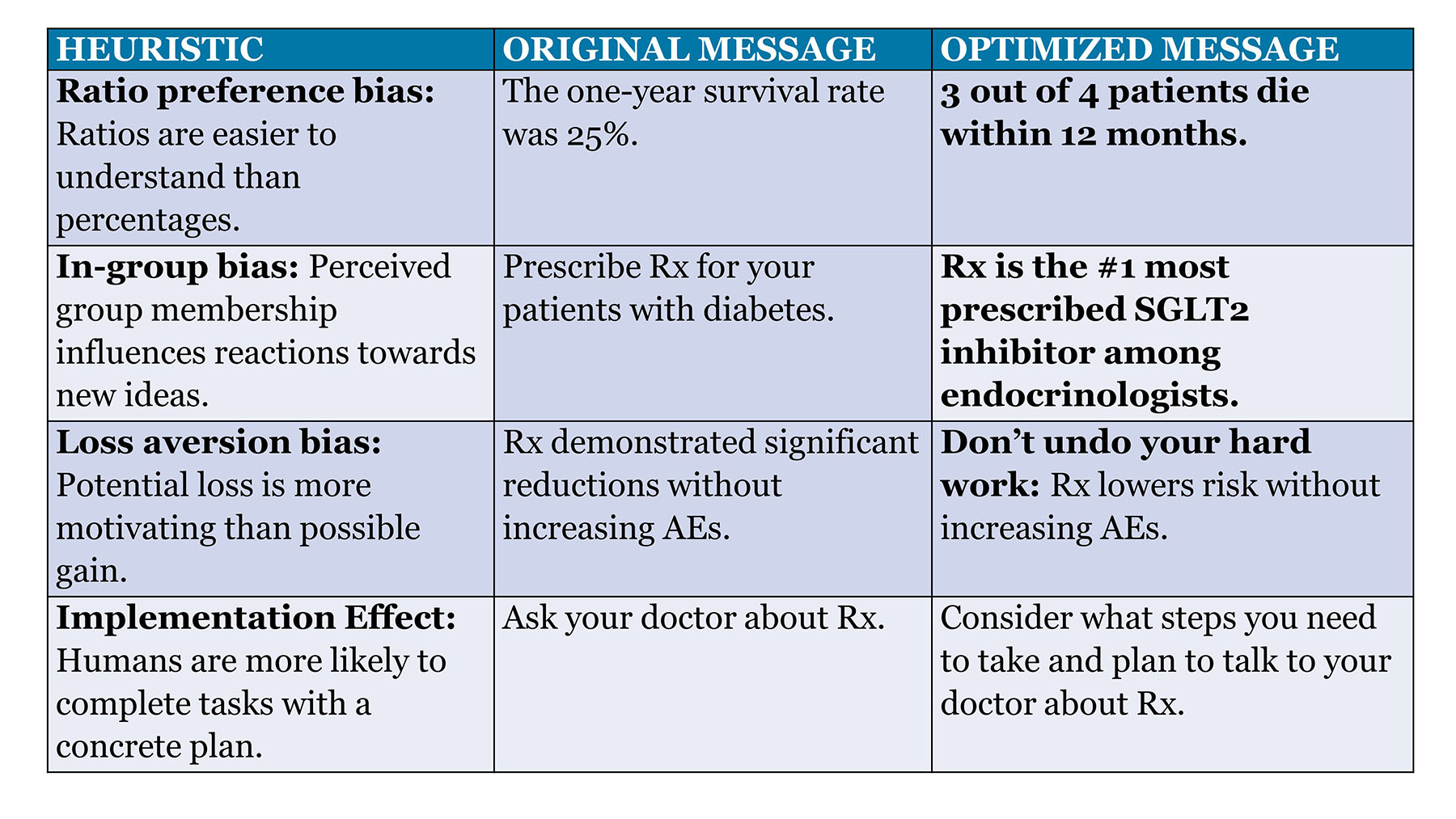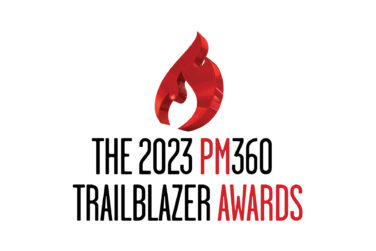Call him Robert. He lives in a rural community, has three chronic conditions, and was just prescribed a new medication. The pharmacy tech assumed Robert would understand the pill bottle label. He didn’t. After a week, he stopped taking the pills because he didn’t think they were helping. A month later, he was in the hospital listening to why he must restart the medication.
By one estimate, medication nonadherence accounts for 125,000 deaths and 10% of hospitalizations in the U.S. annually.1 Why is this major healthcare challenge so resistant to change? For starters, nonadherence is complex, and interwoven in so many aspects that are impacting healthcare now, from health equity to virtual healthcare to patient engagement. Is anything in sight that may help?
Payers are open to adherence strategies that improve outcomes. While ineffective approaches in the past have closed some doors to innovative thinking, as long as nonadherence hurts outcomes, other doors remain open. So, what innovative yet untapped approaches can help patients take an active role in their treatment? That’s the brass ring of patient education and engagement: communications that help motivate patients to action.
Consider Cognitive Bias
Back to Robert. What if he had clearer and targeted messaging that helped motivate him to take his medication. The principles of health literacy were created to support patient engagement. It’s a simple concept: patients act based on communications they understand.
Beyond a sixth-grade reading level and clear layouts, consider addressing cognitive biases. In other words, heuristics. We’re defining heuristics here as mental shortcuts that ease the cognitive load of making a decision. Besides using simple language, heuristics address barriers to behavior change. For a few simple examples from Barbara LePetrie, MD, a cardiologist and Medical Director at the Bloc, see the table below.
 These and other tweaks in communication can make an important difference. But let’s take this a step further, using a powerful new tool available now.
These and other tweaks in communication can make an important difference. But let’s take this a step further, using a powerful new tool available now.
Now Consider Generative Artificial Intelligence
Like using a microscope with multiple lenses, let’s focus our attention ever more closely on the patient in patient engagement. Start with a population health program targeting patient experience, prioritizing patient engagement and adherence. Can digital tools such as a large language model help? Well, from the horse’s mouth, as it were, here are just two ways that ChatGPT describes how it can help overcome communications biases:
- Bias Detection: With appropriate training and continual learning, ChatGPT can be used to identify and call out communication biases in the text it’s analyzing. For instance, it can help highlight instances of stereotyping, discrimination, or biased language.
- Encouraging Empathy and Understanding: ChatGPT can be programmed to respond with empathy, patience, and understanding, modeling these qualities for human users. By promoting empathetic and open-minded communication, it can indirectly help to combat biases.
If you’ve tried one of the generative artificial intelligence models already in use, you’ve tasted its potential (even if feeling trepidation about its potential shortcomings or risks, which the software itself acknowledges).
Where’s the Evidence?
While not hard evidence about adherence, consider a cross-sectional study in which patients compared quality and empathetic responses from licensed healthcare professionals and a chatbot in an online forum.2 The result? The chatbot responses were preferred over physician responses and were rated significantly higher for both quality and empathy. Two conclusions of this study: more research is needed in this area—and chatbots may be useful assistants in helping clinicians answer patient questions.
Will addressing cognitive biases using an AI assistant help the Roberts of the world—and help payers improve adherence and outcomes? It’s too early to say. But it’s time to find out.
References:
1. Ding A, Dixon SW, Ferries EA, Shrank WH. “The Role of Integrated Medical and Prescription Drug Plans in Addressing Racial and Ethnic Disparities in Medication Adherence.” Journal of Managed Care & Specialty Pharmacy. 2022 28:3, 379-386. https://doi.org/10.18553/jmcp.2022.28.3.379.
2. Ayers JW, Poliak A, Dredze M, et al. “Comparing Physician and Artificial Intelligence Chatbot Responses to Patient Questions Posted to a Public Social Media Forum.” JAMA Intern Med. 2023;183(6):589–596.











